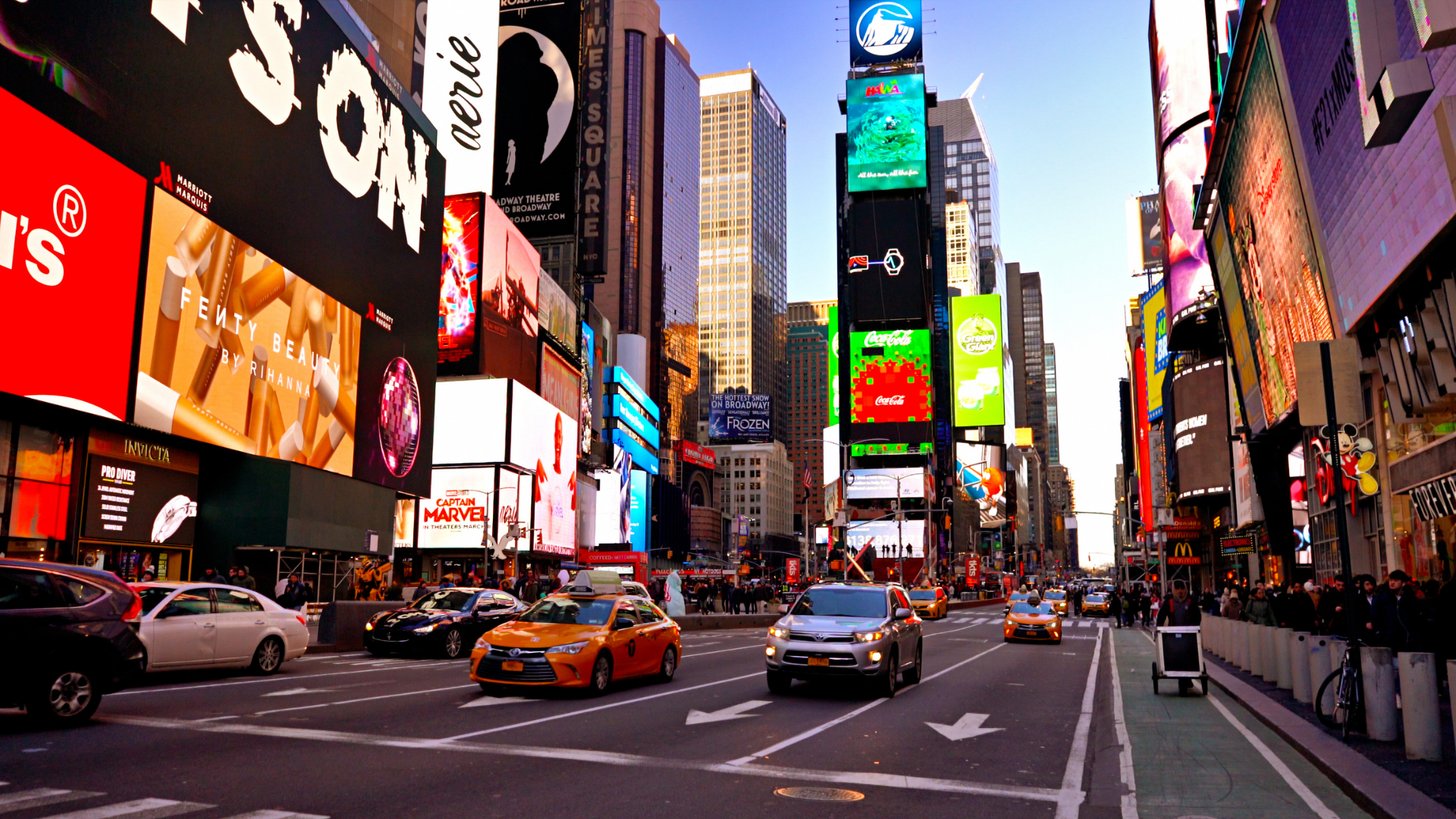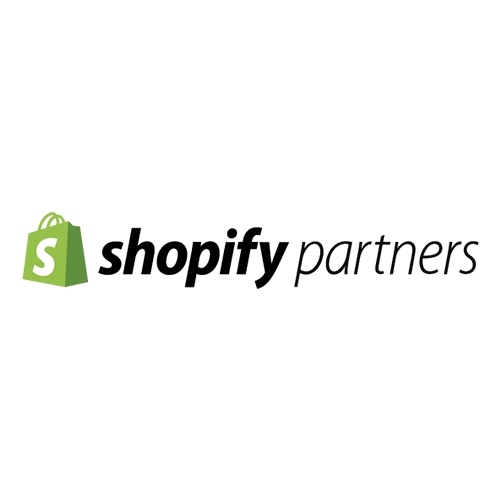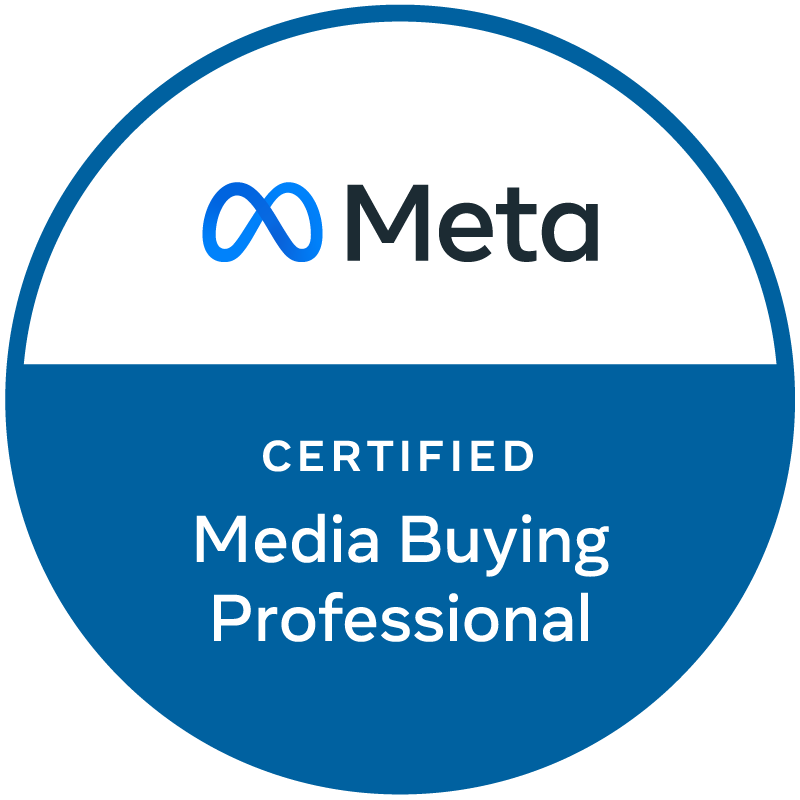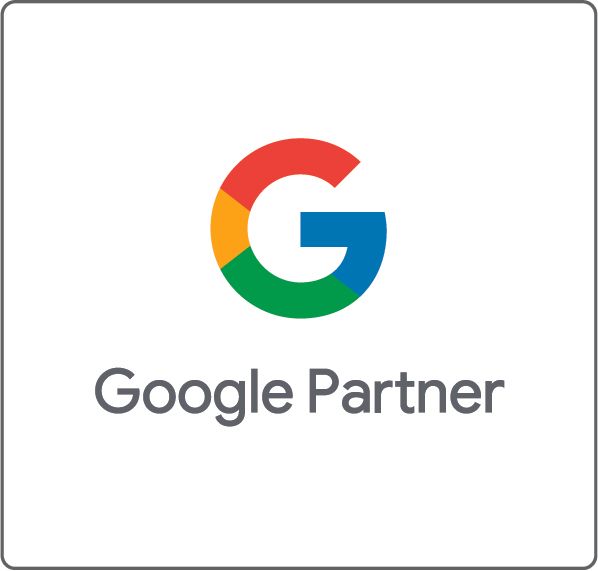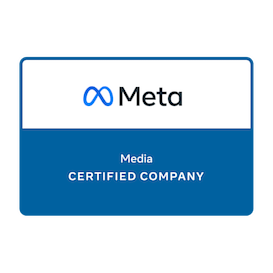Marketing Guide for the 2021 Holiday Season
Holiday season is a stressful time for many shoppers. Finding the right gift or experience at the last second is not an option many people have, which is why consumers plan months in advance. The next few months are not only the busiest, but also where the most spending occurs. That’s where strategic marketing comes into play. As marketers we have the ability to showcase our clients and products to make sure they receive the highest levels of engagement and revenue during one of the busiest times of the year. When it comes to marketing, our opportunities are limitless when it comes to using digital platforms. Being ahead of the curve will allow for the most seamless shopping experience.
With the ability to create content on social media, we can drive customer engagement in any direction needed. To a smart marketer, the timeline needs to
start in early autumn, if not sooner. Shoppers begin to think about ‘the holidays’ as soon as October rolls around, so this is a key time to plan targeted advertisements and take advantage of auction efficiency. As the world delves into a more technological headspace, e-commerce is the most reliable method of selling. By enabling
immersive online experiences customers are more likely to remember the brand, or even recommend it to others. The way a product is showcased can be a pivotal factor for the client and their revenue in the holiday season.
The last two months of the year are not only festive, but also have the biggest impact on sales. November consists of Cyber Monday and Black Friday, which are known to be the height of the season’s sales. These “Mega Sale Days” attract a lot of buyers, in fact
1 in 2 shoppers participate in these sale days. Marketers should be prepared to maximize marketing strategies during these peak months and drive sales to their targeted customer bases. Creating an inviting atmosphere will not only increase engagement, but will also create a long-term customer relationship. As the holiday season comes to a close, this is where marketers have one last shot to take advantage of advertising. There are always customers that will wait until the last second to buy products, so this is the time to drive awareness about in-store sales or last chance online promotions.
Social media platforms should be used like
flagship stores. Attracting the customer’s attention through social platforms will increase engagement and shareability as well. The brand should be able to display their products in a simple but informational value, provide a seamless shopping experience, and make sure the checkout system is as straightforward as possible. Marketers should be able to communicate a clear and concise brand message and the value in buying the product. Verbiage on the website should consist of a friendly conversational tone rather than making it look like obvious marketing with a multitude of facts listed. Lastly, demonstrating knowledge of your targeted audiences’ language and imagery will help make your brand more compelling.
At the end of the day, the shopping experience is what will make or break your clients’ holiday season. Marketers should be smart about the steps they take and make sure that advertisements and immersive experiences are planned well in advance to avoid misinformation or glitches. Start putting your game plan together and enjoy the experience! Here’s some of our top advice and tips for advertising for each platform this holiday season.
Top Holiday Advertising Tips Per Platform
- Check out Facebook’s holiday guide. Every year Facebook releases a holiday planning guide to help advertisers create campaigns that align with the platform’s guidelines.
- Create holiday themed contests. Make sure the prize is exciting enough to grab customers’ attention!
- Use Facebook dynamic ads. Dynamic ads are visible to users whose interests align with your brand, which ensures that your campaign is successful. Plus, the users’ interests are not limited to what they do on Facebook, but to what they search anywhere on the internet.
- Understand your audience with Facebook Pixel. Facebook Pixel is a great tool because it lets you track the activities of users who found your website through Facebook ads and identifies the best target market for your company.
- Make the most of user-generated content (UGC). Instagram allows anyone to be a photographer, which makes it great for finding UGC that looks professional. Sharing your customers’ photos can build trust and make users feel more connected to your brand.
- Blend in. It shouldn’t be obvious to users that your ads are sponsored posts, they should look like a continuation of their feed. If your ad aligns with content that users already follow, they’ll be more likely to engage with it. Your sponsored posts should also look similar to your organic posts, so that your brand is easily recognizable.
- Use Facebook’s advanced targeting options. Since Facebook owns Instagram, businesses can use the platform’s targeting options on Instagram, like targeting by location, age, gender, behaviors, and interests.
- Take advantage of in-app shopping. In November of 2016, Instagram released an in-app shopping feature that allows brands to tag products on their posts and link to their website to shop.
- Implement filters and lenses. Businesses can make sponsored geofilters and lenses to promote their products on Snapchat. Filters and lenses can be experimental and fun, and are more engaging for users than traditional advertisements.
- Use Snap Pixel. Just like Facebook, Snapchat has a Snap Pixel feature that helps businesses reach an audience that is most likely to be interested in their products.
- Remember the context. Any design choices you make should be centered around the holiday season. Keep in mind that consumers are looking for gift ideas and holiday party inspiration while your brand is creating holiday themed content and messaging.
- Join Pinterest’s partner programs. Pinterest offers many different partner programs for brands that are new to the platform. The programs can help advertisers create content, develop marketing strategies, identify target audiences, and implement analytics.
- Use Rich Pins. Brands benefit greatly from Rich Pins, because they automatically sync information from their website to their pins. Users like Rich Pins too, because they provide more information and are more intuitive than normal pins.
- Check out Pinterest’s holiday guide. Pinterest has already released their 2021 holiday guide with tips and statistics for businesses to perform their best.
- Create a holiday-themed challenge. The great thing about TikTok is how easy it is to go viral. Challenges are constantly trending, and the holiday season would be a great time to come up with a short and easy challenge for users to participate in. To keep with the theme it could revolve around gift giving or donating to an important cause.
- Connect with influencers. Social media influencers with large followings are an excellent way to advertise seamlessly and grow your customer base.
- Read TikTok’s holiday toolkit. TikTok has released a 2021 holiday toolkit for small businesses that includes tips, best practices, success stories, and much more.
- Don’t overlook TikTok ads. Most brands are advertising on Google, Facebook, and Instagram, but as TikTok grows in popularity, it would definitely be worth exploring the app’s advertising capabilities.
Never miss an update from “The Shoppe,” sign up for our email list today!
Subscribe
Sign up with your email address to receive news and updates.
Subscribe
We respect your privacy.





